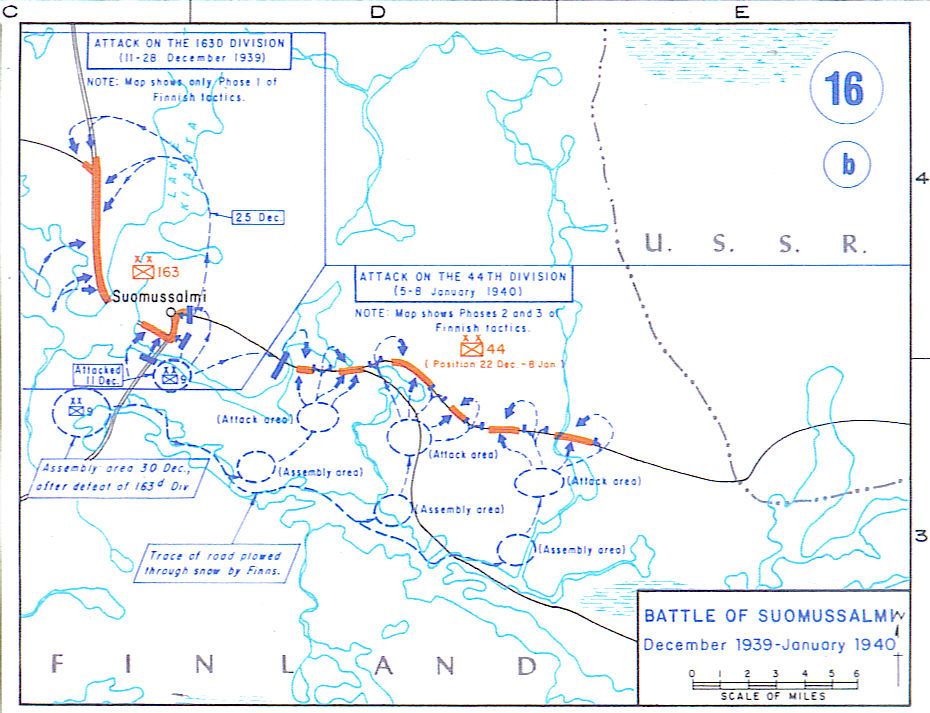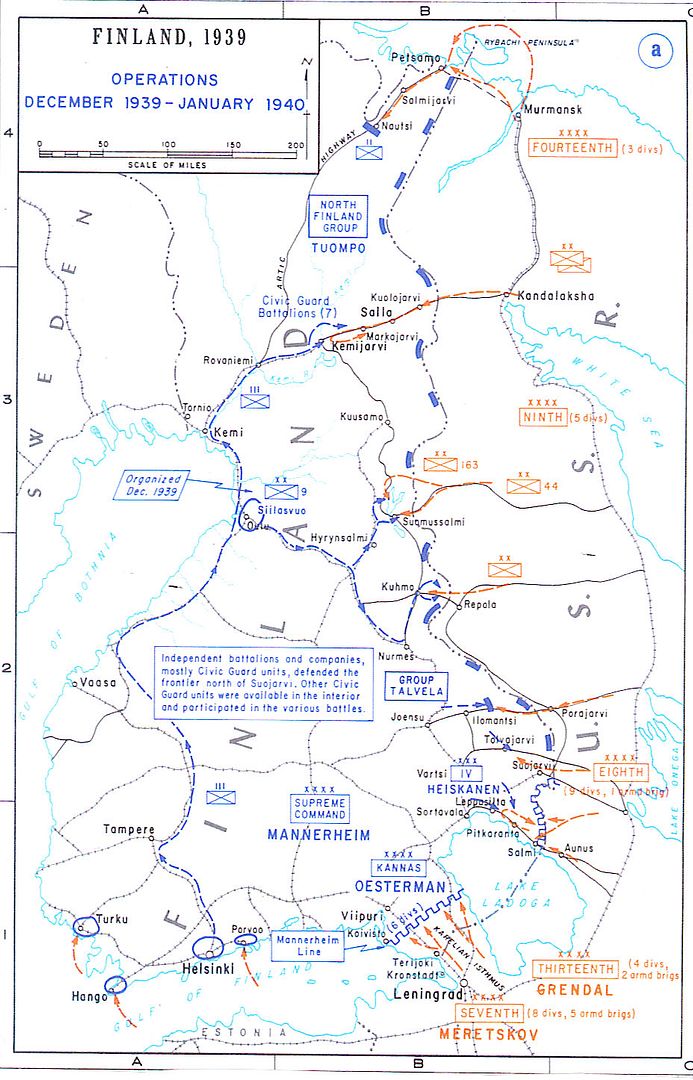
Posted on 12/17/2009 4:50:26 AM PST by Homer_J_Simpson


















Winston S. Churchill, The Gathering Storm
News of the Week in Review
Naval Battle Lifts Tempo of the War – 9-11
Rumania is Beset By Many Worries – 12-14
* There was a pre-war plan for a chunnel?
http://www.onwar.com/chrono/1939/dec39/f17dec39.htm
Graf Spee scuttled in Plate Esturary
Sunday, December 17, 1939 www.onwar.com
In Argentina... Since December 13th, the British Admiralty has been sending ships speeding to Montevideo. Only the heavy cruiser, Cumberland, has arrived so far to support the HMS Ajax and HMS Achilles, already on station at the mouth of the river. Local British diplomats try to have the Graf Spee held for a few more days until stronger forces arrive and at the same time continue to give the impression that heavy units, including the battle cruiser, Renown, are already in position. Langsdorff decides to scuttle his ship outside the port with an audience of thousands lining the waterfront.
In the Winter War... The main Soviet attacks begin against the Mannerheim Line around Summa. The same pattern is repeated for the first three days. The advancing tanks penetrate into the Finnish positions during each day. The infantry are held off and the tanks mostly destroyed during the nights by the Finnish troops who then emerge from their defenses. The Finns claim that two Soviet divisions have been smashed, with 36,000 prisoners taken and a further 20,000 surrounded.
In Britain... The first Canadian troops arrive in Liverpool. A heavily protected convoy has brought over 7,500 men of the 1st Canadian Division. The force, under the command of Canadian Major-General McNaughton, arrived in 5 liners. Officers slept in suites and men in first class cabins.
On the Western Front... An increase in German reconnaissance flights is reported.
http://homepage.ntlworld.com/andrew.etherington/month/thismonth/17.htm
December 17th, 1939
UNITED KINGDOM: The admiralty announces that 61 men of HMS Exeter’s crew died during the Battle of the River Plate.
The first Canadian troops to reach Britain, 7,400 men of the First Division, landed at Liverpool. Three months ago Canada was a country with a permanent army of 4,500 men, five mortars and 16 tanks. The Canadians are under the command of Major-General McNaughton and they arrived in five liners. Officers slept in suites and men in first class cabins.
The British Commonwealth Air Training Plan agreement is signed today by the governments of the United Kingdom, Canada, Australia and New Zealand, with flight schools to initially be in Canada under the supervision of the Royal Canadian Air Force. The Avro Anson is the first training type to be chosen.
RAF Fighter Command: Two enemy aircraft attacked off the east coast. A small British motor vessel was sunk; damage and casualties in fishing trawlers. Aircraft driven off.
RAF Bomber Command: ‘Security Patrols’ - Hornum - Borkum. 10 Sqn. Six aircraft. Flares dropped over Borkum. Searchlights very active, but Flak light. Two enemy aircraft seen but did not attack.
FRANCE: Western Front: An increase in German reconnaissance flights is reported.
GERMANY: The German Propaganda Minister, Dr. Josef Göbbels, describes the arrival of Australian destroyers at Malta as a “consignment of junk” and Australia’s “Scrap Iron Flotilla.” (Jack McKillop)
FINLAND: The army claims that it has smashed two Russian divisions, taken 36,000 men prisoner and has a further 20,000 surrounded.
U.S.S.R.: Soviet submarine SC-406 launched. (Dave Shirlaw)
PARAGUAY: Montevideo: As Allied Hunting Groups converge on the River Plate, Capt. Langsdorff takes the Graf Spee out into the estuary. Unable to complete repairs of the Graf Spee within the allotted time, unable to dash across the harbour to Argentina, under strict orders by OKM not to go into internment in Uruguay, and wishing to avoid being taken by the British ships waiting and arriving in the region, Kpt.z.S. Langsdorff ordered his ship outside the harbour of Montevideo and to prepare to be scuttled.
Only HMS Cumberland has actually arrived by this time, but British propaganda on the BBC gave the impression that the most powerful ships in the fleet, including an aircraft carrier, were bearing down on the Plate. Langsdorff had asked for instructions and Hitler himself had said that he had only two, scuttle or fight it out on the open sea. Just before the three mile limit the ship stopped and the crew took to the lifeboats and transferred to the German merchant ship Tacoma, and later to various Argentine tugs - all of which were soon after interned by Uruguayan authorities. The crew was under orders not to be interned in Uruguay, so with the permission of the Uruguayan authorities, they were transferred to Argentina, which was not under British influence and pressure as was Uruguay, and they spent the rest of the war there. Minutes later, just after sunset, came a series of shattering explosions and flames as the Graf Spee is blown up by a series of charges. The ship settled on the river bed, her upper decks above the water and still burning. (Navynews)
ATLANTIC OCEAN:
U-59 sank SS Bogö and Jaegersborg. (Dave Shirlaw)
Even though Renown and Ark Royal were a thousand miles away, it’s doubtful under any circumstances that Graf Spee could have escaped to see home waters again. The long battle of the River Platte must have seriously depleted her shell rooms, so it’s doubtful she had the ammunition to engage in another long stand-up fight. Even though she’d knocked HMS Exeter out of action, Exeter had been replaced by HMS Cumberland, another 8” gun cruiser. Thus, the British would be about where they were when the engagement started.
The real liability Langsdorff had was a lack of speed. As Graf Spee could only make 26 knots, she could never outrun the British cruisers. HMS Ajax & Achilles (Leander class light cruisers) were capable of 32 knots. HMS Cumberland (Kent class heavy cruiser) was capable of 31.5 knots. So Harwood could have elected to simply shadow Graf Spee until Ark Royal and Renown arrived. Renown, a 32,000 ton battlecruiser with six 15” guns and top speed of 31 knots, would have made very short work of Graf Spee. In fact, the destruction of armed commerce raiders such as Graf Spee was exactly what Renown was designed and built to do.
The interesting “what if” here is whether Renown would have gotten to fire on Graf Spee at all. It is possible that Ark Royal’s swordfish torpedo planes would have sunk Graf Spee in an air strike. If so, Graf Spee would have been the first “capital ship” sunk by aircraft during wartime. Much earlier than the Italian battleships at Taranto (also by Ark Royal), much earlier than American battleships at Pearl Harbor. Most important for naval history enthusiasts, she would have been the first capital ship sunk while underway, instead of HMS Prince of Wales and HMS Repulse on December 8, 1941. It is important to note that until the loss of HMS Prince of Wales, it was generally accepted that while under way and with AA defense, a capital ship would not be sunk by an air attack.
It would be interesting to see how differently naval strategy would have evolved between 1939 and 1941 had Ark Royal planes sunk Graf Spee.
IIRC, Langsdorff thought the Renown and Ark Royal were already on station and waiting for him to try and break out. But you are correct, he would never have made it home. The Royal Navy would do whatever it took to sink her.
They fought and they fought to win.
The Graf Spee was scuttled in shallow waters and much of its superstructure remained above the waterline. Over the years, the wreck started sinking in the mud and today only the top of the mast remains visible above the surface.
In 2004 a salvage team began the process of raising the Spee. The operation was being funded in part by the Uruguayan government and in part by private funds. The government is involved because because the wreck is considered a navigational hazard.
The operation to raise the ship was expected to take several years. Film director James Cameron ("The Titanic") was filming the salvage work. It was planned that the ship be restored and exhibited in a marine museum in Montevideo.
Then, inexplicably, in 2009 all salvage work in Uruguayan waters was halted by presidential order.
Now I want to research WHY it was halted.....and if plans are in the works to begin salvage operations again.
The saga of the Graf Spee remains a fascination to this day, at least to this landlubber.
Leni
Leni

Central Isthmus: this morning Soviet infantry and tanks launched their first major offensive at Summa. The tanks penetrate the Finnish positions, but the infantry are held at the front line.
Photo: SA-KUVA
Massive Soviet offensive continues in Taipale
That’s too bad. It would be fascinating to see her raised.
I am surprised that the Germans would scuttle the ship in such shallow water. I guess they worried about the British bringing their guns to bear before she could reach the open sea. It would really be something if the ship could be raised and at least partially restored.
We interrupt our regular program to bring you a special [unintelligible to Homer]. We take you now to Montevideo, Uruguay.
The Graf Spee has sailed five miles from the coast. The ship has been scuttled!
The on-scene announcer seemed pretty excited. I guess the folks in the U.S. were following this story pretty closely.
I know this is mostly about the war but sometime this month there was an article about a conference on eugenics and I can’t find it. Which day was that? Does anyone remember?
Central Isthmus: this morning Soviet infantry and tanks launched their first major offensive at Summa. The tanks penetrate the Finnish positions, but the infantry are held at the front line.
That's gotta be a big disappointment to the guys in the tanks.
"Don't worry, comrade tanker. The infantry will be right behind you to watch your back. Now: Advance! For the Glory of Socialism!"
Need more information. Was it one of these threads where you saw it? I don't remember posting anything like that. I think I would remember if I did. If I had seen something like that I would have saved it. I have finished going through December but if you can get a specific date I can add it later. It will have to be as a reply because I won't be going to the library again until January.
Excellent article that reviews Rumania’s strategic dilemma. Rumania didn’t really have a choice after the fall of France and Soviet seizure of Bessarabia. Her own internal volatile ethnic mix wasn’t helpful, either. The Rumanians and Hungarians hated each other, and could not be put in adjacent sectors when they were Germany’s “allies” on the eastern front.
Later in the class we will get to read about the “Vienna Award,” Ribbentrop’s last piece of grand diplomacy.
No, it was on one of the front pages but you didn’t post it seperately.
Disclaimer: Opinions posted on Free Republic are those of the individual posters and do not necessarily represent the opinion of Free Republic or its management. All materials posted herein are protected by copyright law and the exemption for fair use of copyrighted works.